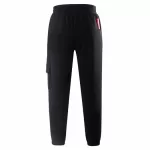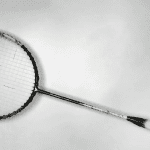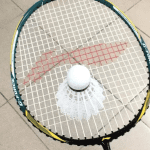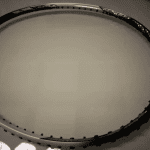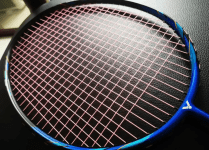
Badminton Racket Victor AURASPEED 60 Reviews
This beat gives me the feeling of finding a drop in the ocean.
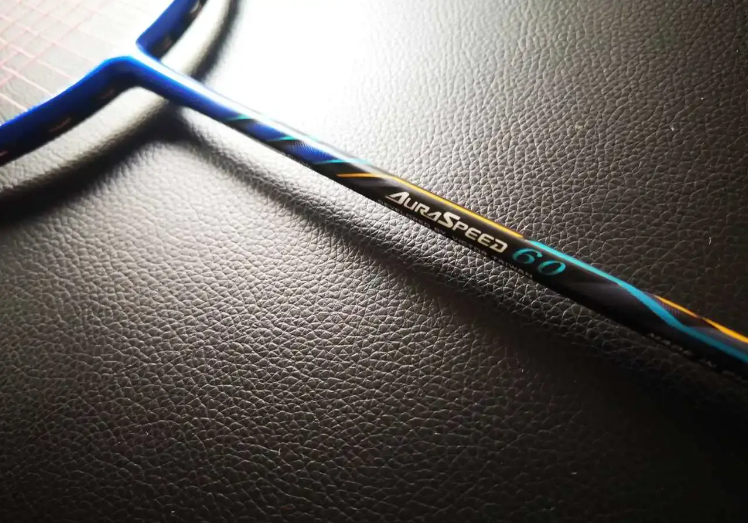
Parameters: 4UG6, total weight 87.9g with de-bottomed full set, balance point 310mm, 6.8mm center bar length 205mm, moderately stiff, AURASPEED frame-type egghead racket, 8-4 point string slot design, pull string 28lbs bg65ti.
The appearance of this racket is quite a sucker, from the face value of the press. The dark blue primer is glossy and has a baked enamel-like texture, and in addition to the racket model number consistently labeled on the center bar, the sticker pattern on the frame continues the usual design language of the AURASPEED series, with shiny sticker treatments on the 4 and 8 points. This color of racket is not often seen, and looks good from near and far, holding on the field should be able to attract a lot of same-sex equipment enthusiasts’ attention.
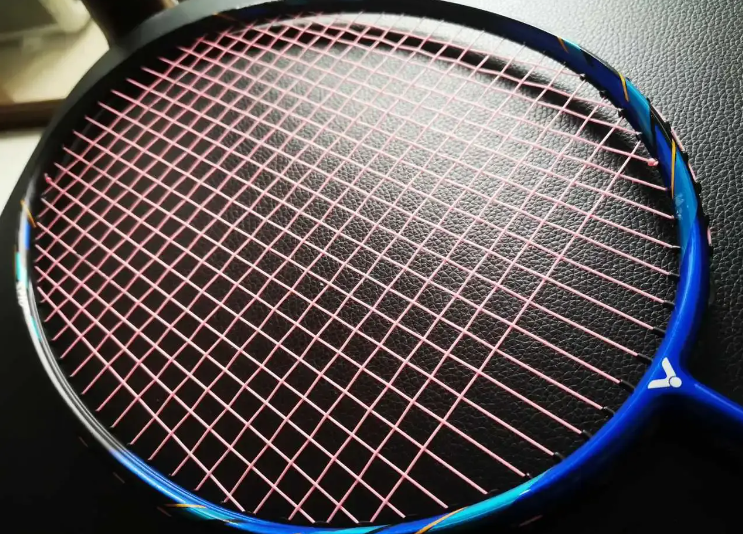
The G6’s handle is a bit too slim for my liking, but the racket still feels very comfortable in my hand. To emphasize, this is the only Victory racket with a current frame type – the AURASPEED frame egghead racket. The Columbia series is also an egghead, but has a standard box frame across the board. The biggest difference between the AURASPEED 60’s frame and that of its peers, besides its shape, is that this is also probably the AURASPEED series that has the largest wirebed area. When overlapping with the 90k, you can see that the 90k has a few millimeters of lateral frame width in its favor, but at the head the AURASPEED 60 is solidly one frame thickness longer than the 90k. However, the structural characteristics of the egghead racket may be the reason why the AURASPEED 60 fails to carry over the wind deflector at 11-1, which makes it even considering the naturally lower wind resistance of the egghead racket compared to a flat racket.
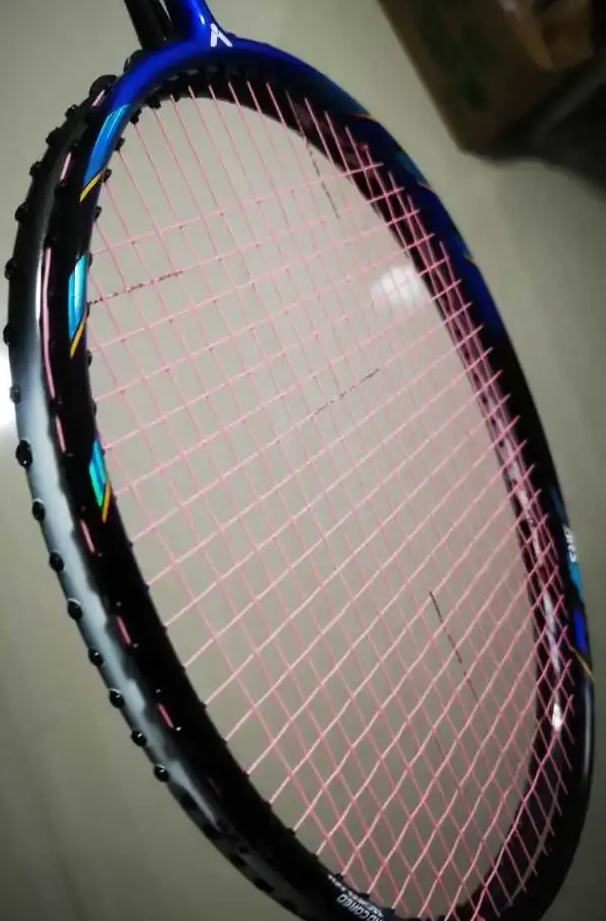
From the frame characteristics, it is easy to infer that the feedback of this racket is very attractive. After a few warm-up shots, every time I hit the sweet spot, I felt like I was hitting a small racket frame’s ejection, and the ball had a strong punch and went straight to the bottom line. But there is no small racket frame kind of need to focus on the feeling of power, on the contrary, this racket on the ball package lag in a group of high-end speed racket is more obvious kind of, maybe it is the reason why the racket frame is big, it is also a little bit of the flavor of the 90s. Although the center stick is calibrated to be stiff, it is very easy to hit out of shape. 205mm center stick is just right in my opinion, not too stiff for amateurs like the dzs, which leads to high launch requirements, and not too constrained like Lampard’s 220mm center stick, which leads to too much swinging deformity. Pulling is very easy and enjoyable, but it’s a shame that the mid shaft material is not top notch, if it could be replaced with flash shaft or pyrofil it would certainly push the current good flexibility into higher territory.
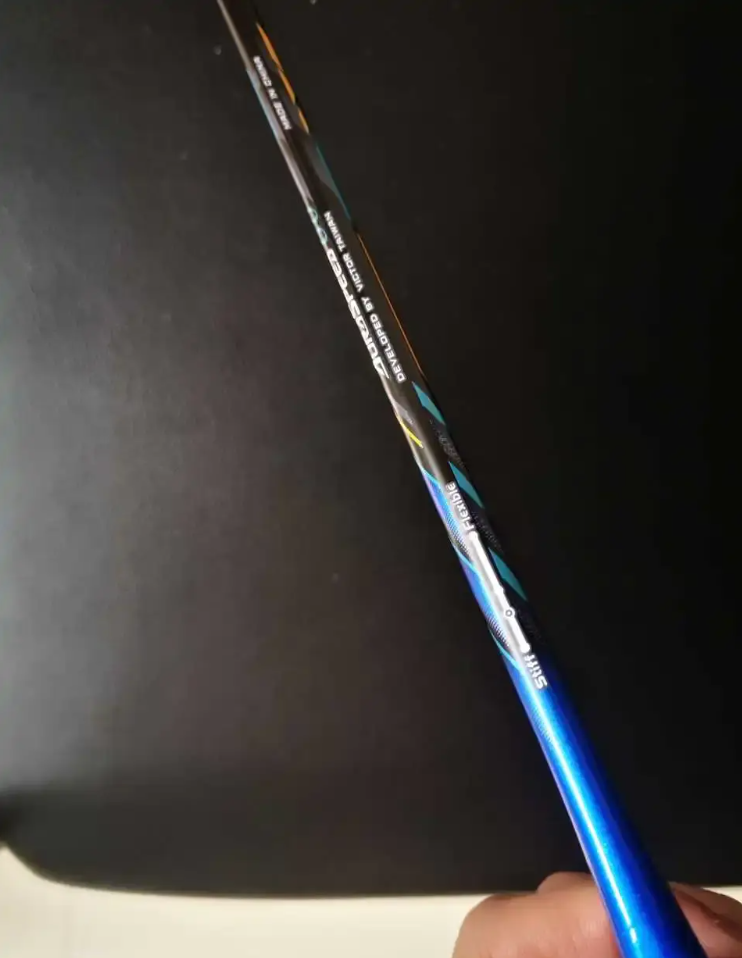
During my trial of the Columbia 6, I complained that the forgiveness of the egghead racket was one of the things that made it fade into the mainstream, but with the AURASPEED 60, this shortcoming is made up for by the signature large frame of the AURASPEED series. This racket does an excellent job of assisting the user with delicate net play, and the large string bed makes for a very findable head, which, combined with the feel of the hold, has the level of ball control of the Bow series. Unfortunately, this excellent feel doesn’t continue in the backcourt, and in the matchup sets during the adaptation process, there is a higher probability of going down to the net for the many split sliders in the backcourt, requiring a little more force to be sent out. But in any case, the racket’s threshold for use is not high, the first time I used this racket was temporary on the battlefield, warm-up did not even pull a few beats before the confrontation, but the first time I used it has a good fit, AURASPEED 60 no bad temper.
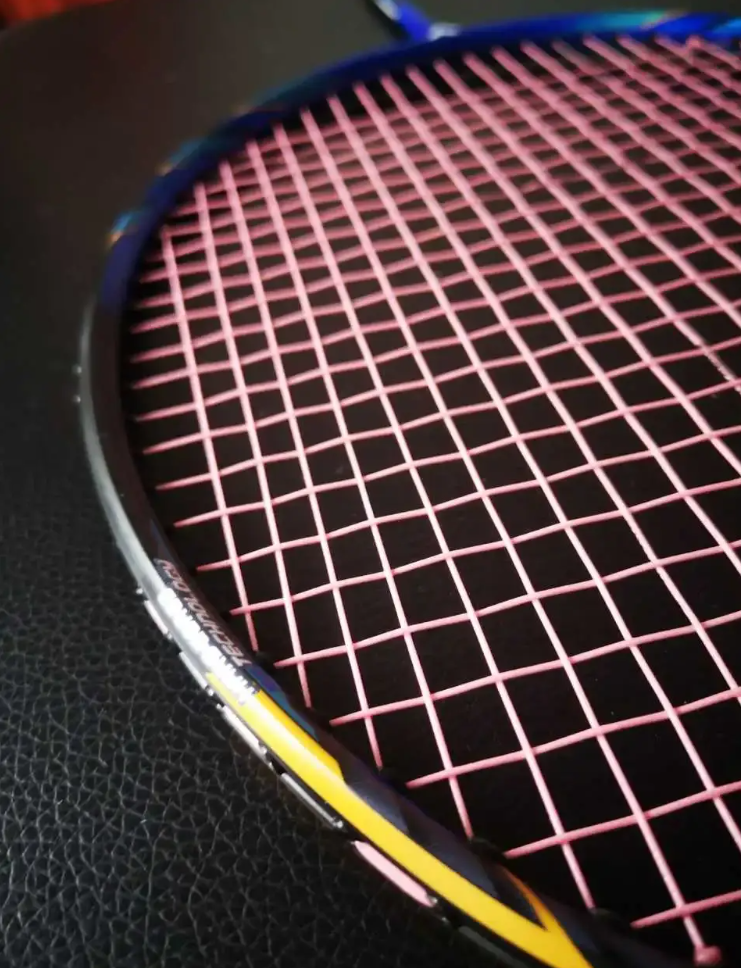
Looking at the Victory coordinate chart you can see that the AURASPEED 60’s position is still part of the balanced shot, but the actual performance matches up quite well at a point closer to the origin than the AURASPEED 80. In the doubles flat blocking experience, it really didn’t show the kind of 90s like nobody’s business, but the effect is similar to that of the 80x, the swing speed in the fast at the same time out of the ball instantly prolonged so that the operation control will be a little more leeway, easy to adjust the strength and angle. Although it can’t reach the absolute speed advantage when touching the ball, but the recovery speed of the pump gear is still superior. Of course, the passive ball handling of the large racket frame has never let us down, in the kill and backhand in its performance of the elasticity is enough to let the coherent ability, poor offensive ability of the opponents to eat a pot, in the event of a failure to decide, popping the backcourt to push the backcourt to pick the backcourt to start again round after round on the end of the more or less a little bit of a bummer.
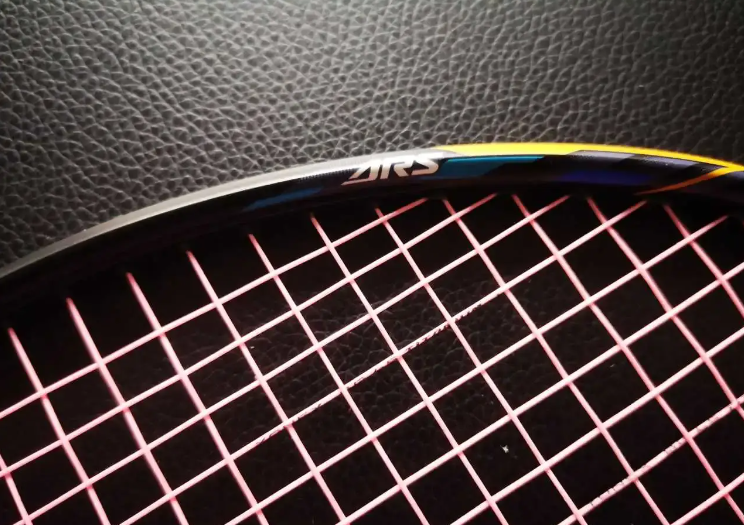
Offensive performance is the grand finale. With the same 4u racket, the AURASPEED 60 is probably second only to the 90k and 98k in its ability to kill the egghead racket on offense. The concentration in the sweet spot is nothing to sneeze at, and there are few 4u speed rackets that I have experienced in my hands that can nail the floor even with a backcourt press, and the AURASPEED 60 is one of the ones that has the ability to score straight up. More than a heavy smash, the AURASPEED’s shot is a combination of line-bed convergence and center-bar deformation that bounces the ball out of the court, plus the Speed Conduction and Speed Ejection systems that make the entire racket’s kills feel like a slingshot. Heavy kills are fast and hard, and the 4u has a 29-pound warranty. Even impromptu overhead kills don’t put too much of a strain on the wrist, and have a great downward feel. If you can’t kill it in one shot, you can keep coming back for another round, and you won’t be out of breath after a few consecutive unsuccessful attacks. If you really want to nitpick, then the anti-twist aspect is an area that could be strengthened, and the precise control of the landing point is more or less sacrificed, but still good. It’s still the same point that the 3u is bound to be a stronger offensive performer. But even if its offensive ability still can not be compared to the 88d class of traditional offensive racket, in the current wiring to blast away from the line bed has a very sharp metal sound, but also really still make people addicted to adding power.
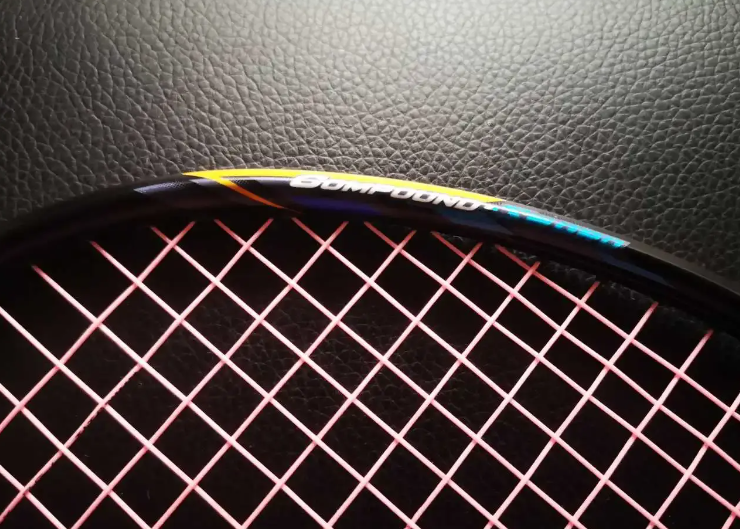
One last thing, value for money. There aren’t many vendors selling this racket at the moment, casually browsing tb, it’s generally in the low 700s, and I can even find it brand new for 500+ in one channel. The same high-end series, its performance is more dazzling than 70F, than 80x in the offensive coherence of the advantage, than 98k cheap section, how to look at it has not lower than the other products in the same series of competitiveness. Is it because of a lack of promotional resources? Is there a quality problem? I really feel sorry for it when I actually use it, and its performance deserves a share of the word-of-mouth pie in the sizzling discussion of certain high-end rackets without even a single rating in the equipment library.
Recommended, a cooler racket that advanced golfers are better equipped to handle. In the comprehensive performance can not be comparable to the 90 three masters, does not affect its offensive experience created by the unique charm, deserves to be recognized.
In addition, recently the start step to do more Achilles tendon discomfort, there are any players can be taught to prevent Achilles tendonitis, Achilles tendon tear method as well as the maintenance of the Achilles tendon measures?

